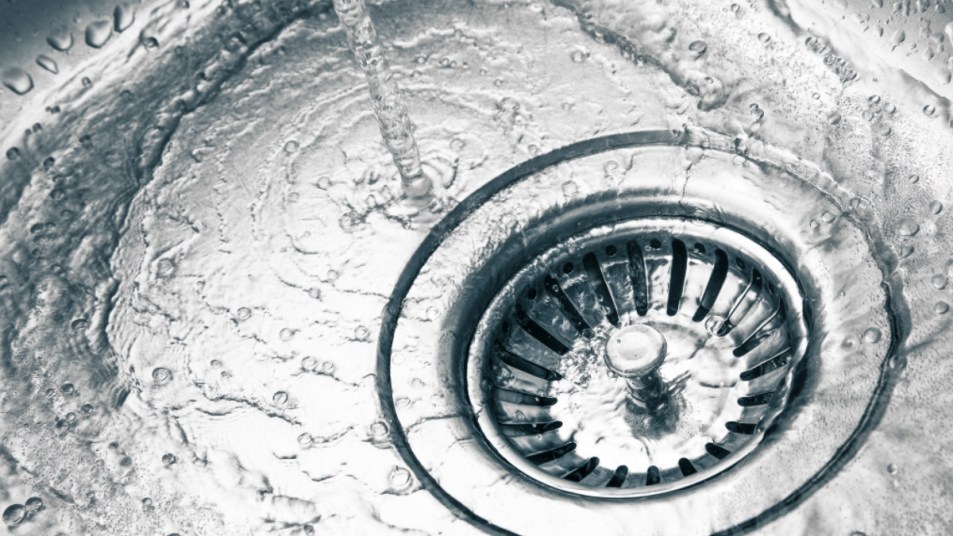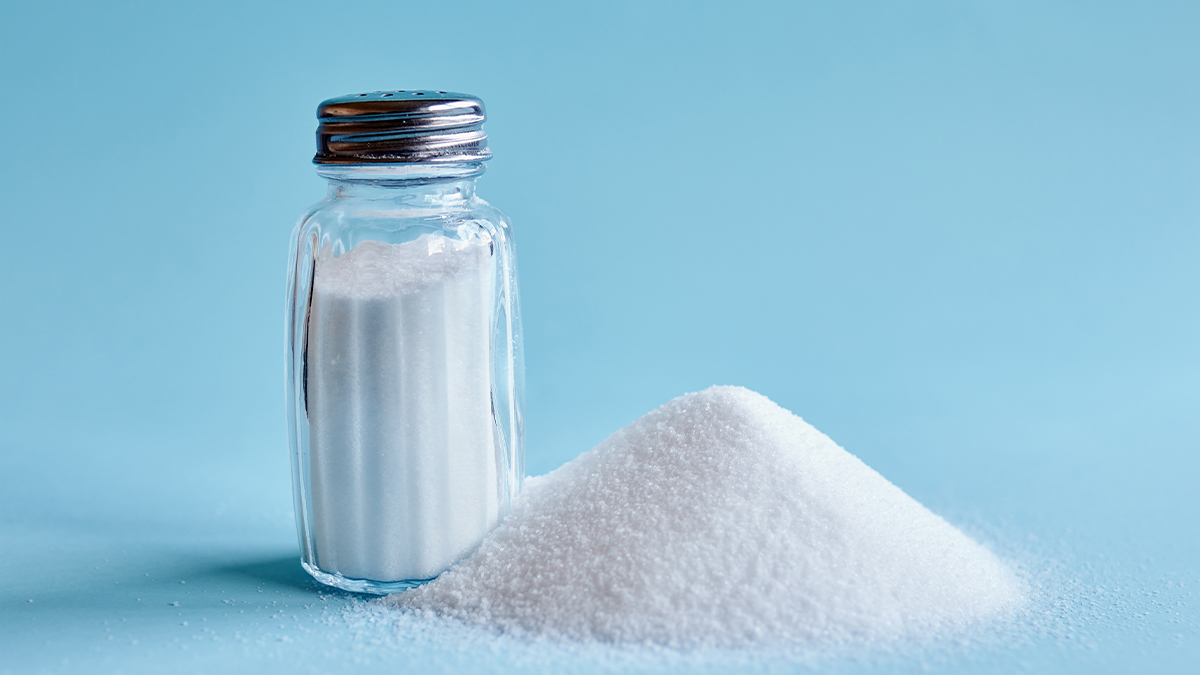Plumbers Weigh In: The Best Way To Remove Smells From a Kitchen Drain + How To Unclog a Slow-Draining One
You've got all you need already on-hand to keep your kitchen drain smelling great and draining fast

If you’re like us, you’ve noticed that every so often your kitchen sink drain starts to drain slowly or there’s a funky smell emanating from it and it’s stinking up your kitchen. Though it’s easy to give the sink itself a good scrubbing, tackling whatever had built up inside of the pipes right below the drain can seem daunting. And yet, if you don’t, you may end up with a bigger problem on your hands — a clogged drain. But professional plumbers say that regular drain cleaning can not only prevent that awful smell coming from your sink, but it will prevent clogs, too. So we asked them to share their best secrets to reveal a clean kitchen drain and banish odors without having to shell out for pricey house call or expensive cleaning products.
What’s the best way to remove drain odors?
The main culprit of kitchen sink drain issues: food waste, grease and oil that sit stagnant inside the pipes right below the drain. These can build up and lead to that bad smell of rotting food. Thankfully, there are steps you can take to get rid of build up and remove the grease. And you don’t need to buy specialty products to do it either.
Try hydrogen peroxide
“If you want to eliminate bad odors, grab a bottle of hydrogen peroxide,” shares Mark Snell, owner and founder of Polestar Plumbing, Heating & Air Conditioning. Just one cup of hydrogen peroxide poured down the drain can kill odor-causing bacteria for great results.
Go for a combo of baking soda + lemon juice
No peroxide in the house? Grab some baking soda and lemon juice. “Baking soda is great at removing weird odors from anything and kitchen drains are no exceptions,” says professional plumber and cleaner Rich Mullins, owner of H2O Plumbing. And lemon juice neutralizes smells, while also leaving behind a fresh scent.
To do: Pour ½ cup of baking soda into the drain and follow it up with ½ cup of lemon juice. After an hour, pour in a pot of boiling water.
For disposal smells, use citrus peel
Have a smelly garbage disposal? Just toss the peel of an orange or lemon down the drain and run the appliance for 30 seconds. Acids in the fruit will neutralize the stink, the coarse rind will scour away any built-up food and the citrus will leave behind a pleasant aroma.
(Click through for details on how to clean a disposal with ice cubes.)
How to open up a slow-draining drain

First try salt + hot water
Think you have the makings of clog, but water is still draining? The simple solution for how to clean a kitchen drain without calling in a plumber or using pipe-eroding chemicals: “I would recommend using a combination of hot water and salt,” shares Mullins. “The combination is great at unclogging drains and removing build up of grease.”
To do: Pour ½ cup of table salt down the drain; wait at least 30 minutes — or overnight, if it’s an especially stubborn clog — then rinse with hot water. Salt breaks down grease, the most common cause of kitchen drain clogs. Plus, its gritty texture scrubs the inside of the pipe, helping it to run free and clear again.
Still clogged? Deploy Dawn + hot water
Sink still slow draining? “Pour ½ cup of Dawn dish soap (it’s known for its grease-cutting powers) down the drain followed by a pot of boiling water,” says lifestyle expert Robin Wilson, author of CLEAN DESIGN: Wellness for Your Lifestyle and founder of Clean Design Home. The soap will help soften stuck food and break up grease so the hot water can flush it away. (Click through for more brilliant uses for dish soap).
If all else fails, grab a coat hanger
Still clogged? “If you encounter minor clogs and don’t have a plunger, you can try using a wire brush, toothbrush or even a wire coat hanger,” says Snell. “A hanger can assist in manually removing debris, while brushes can tackle visible gunk or residue around the drain opening.”
Still no luck? There’s one last step you can take before calling in the professionals: Cleaning out the P-trap, which is the curved section of the pipe located beneath the sink. (Note: Place a bucket or container underneath it first to catch any water or debris that may come out.) “Loosen the slip nuts on each end of the P-trap and remove it,” says Snell. “Clean out any gunk or debris from the P-trap, and then reattach it securely.”
For more tips on cleaning the P-trap, see the video below:
What *not* to use to clean the drain
It’s no secret that vinegar and baking soda are a great combo when it comes to cleaning a number of things around the house. Mixing the two together can create a powerful chemical reaction that helps lift grime. Using them both to break up a minor clog in your kitchen drain? Not a good idea, warns plumbers.
“This caustic reaction can diminish the rubber and plastic used in drain pipes as they will be gradually eaten away,” says Wilson. “This will only cause more clogs due to drain blockages.”
Instead, stick to one of the methods described above to get a squeaky clean kitchen drain!
For more secrets to a clean kitchen, keep reading!
How to Clean Your Kitchen Cabinets so They Shine Like New
5 Kitchen Cleaning Hacks That Will End the Chores and Get You Outdoors… Fast
Your Kitchen Sponge Is the Most Germy Household Item — Here’s How to Clean It
How to Get Soap Scum Off of Anything: Experts’ Genius Solutions

















